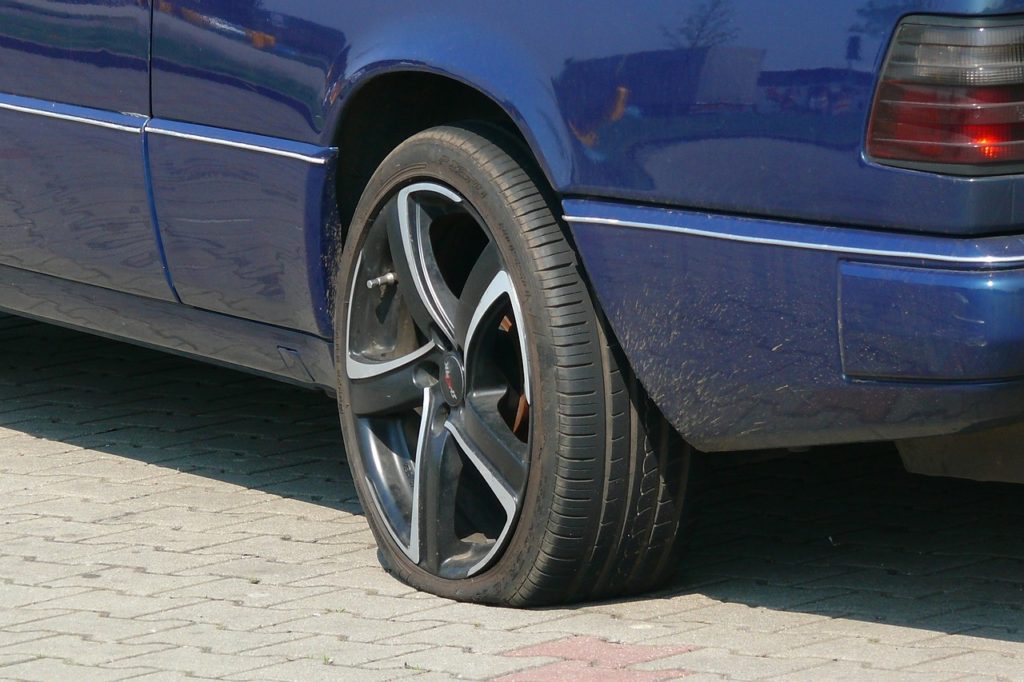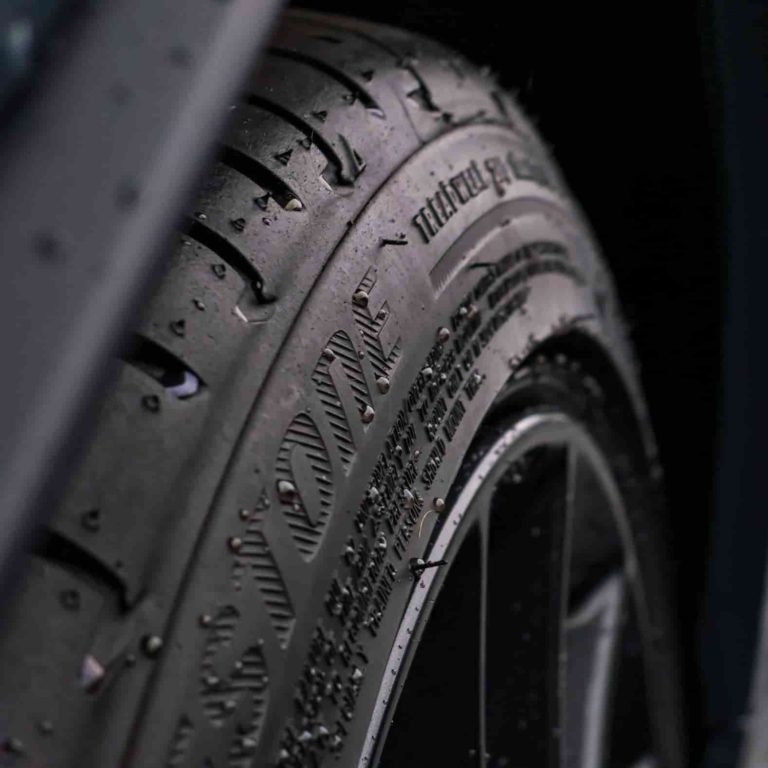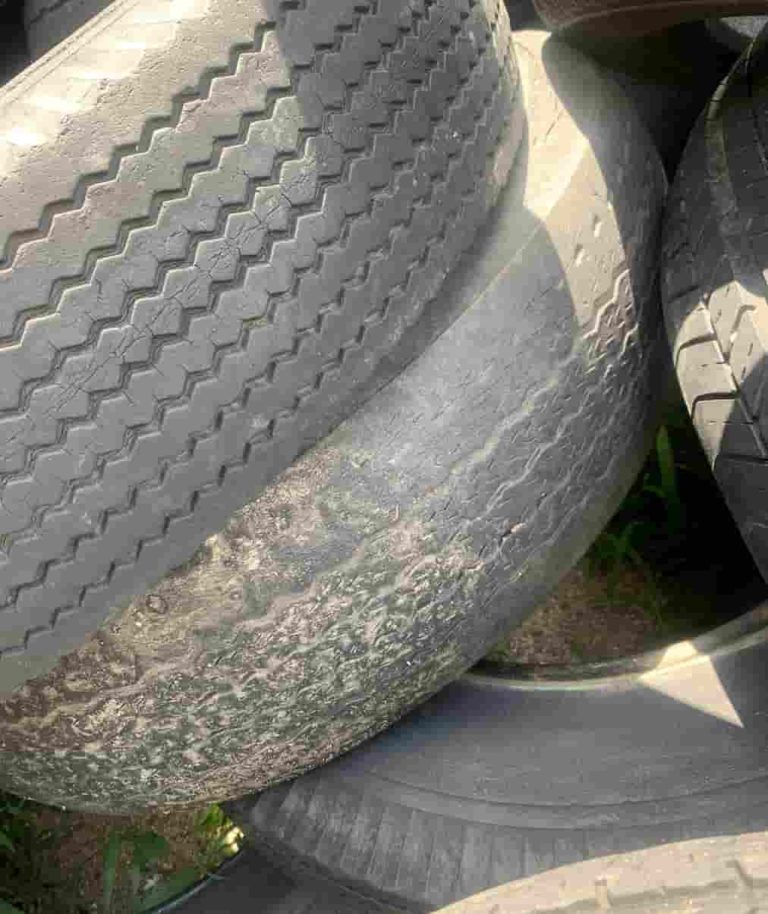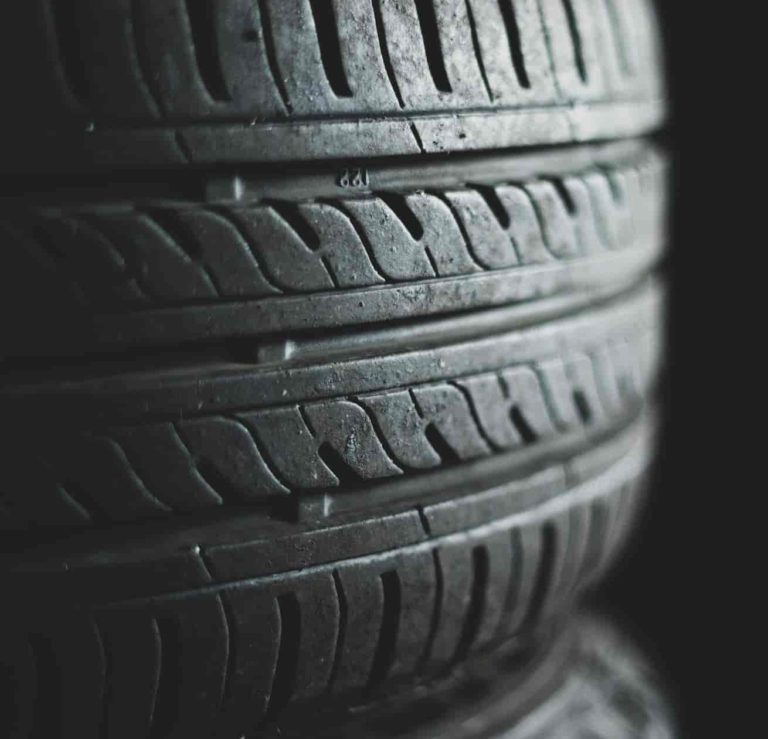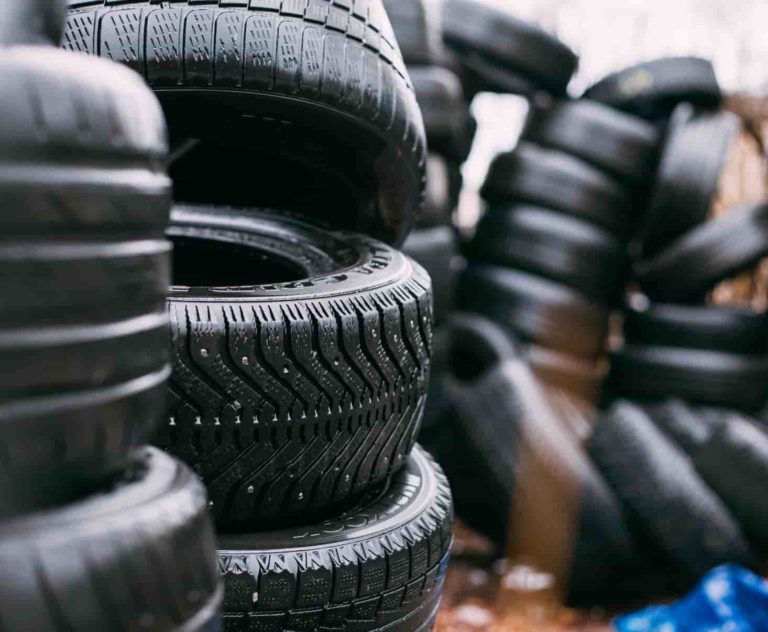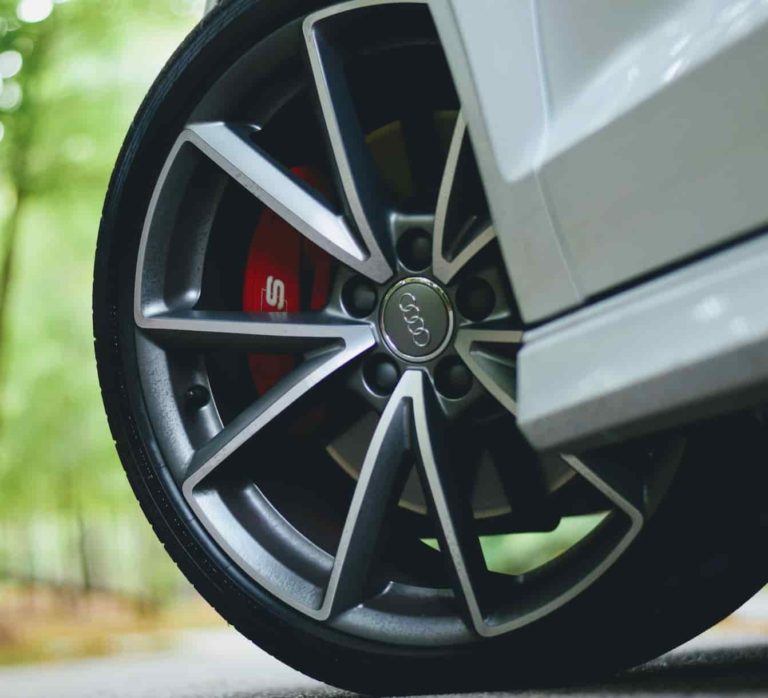How Correct Tire Pressure Can Save Your Life, Money, and the Environment
The Importance of Tire Pressure
Tire pressure is a critical component of vehicle maintenance that many drivers overlook. Proper tire pressure is vital for several reasons, such as safety, fuel efficiency, and tire lifespan.
Incorrect tire pressure can lead to costly consequences such as accidents and premature wear on tires. One of the most crucial effects of incorrect tire pressure is reduced safety when driving.
Underinflated tires can negatively impact handling and braking distance while overinflated ones are prone to blowouts. These risks increase during harsh weather conditions such as rain or snow.
The National Highway Traffic Safety Administration (NHTSA) estimates that around 11,000 accidents happen annually due to underinflated tires. Aside from safety concerns, incorrect tire pressure also affects the environment by increasing carbon emissions from vehicles with poor fuel efficiency.
As gasoline burns in the engine, it produces carbon dioxide gas released into the atmosphere through the exhaust system. When tires are underinflated or overinflated, they create resistance or drag on the car’s motion which results in more fuel consumption hence higher emissions.
The Benefits of Maintaining Correct Tire Pressure
Maintaining proper tire inflation offers several benefits to drivers’ finances and environmental conservation efforts. Firstly, correct tire pressure enhances fuel efficiency by reducing resistance between tires and the road surface resulting in better mileage per gallon (MPG). According to NHTSA studies, properly inflated tires improve MPG by up to 3% which means fewer trips to gas stations and more money saved in your wallet.
Secondly, correct inflation contributes significantly to increasing the overall lifespan of your vehicle’s tires. Over time air escapes through pores in the rubber hence leading to deflation which wears out treads faster than usual causing blowouts or even accidents at high speeds.
Proper inflation helps to maintain a tire’s shape and structure hence, giving it a longer lifespan. Maintaining proper tire inflation also helps to reduce carbon emissions from vehicles that emit greenhouse gasses and contribute to environmental pollution.
By maintaining the right pressure levels, fuel is consumed more efficiently therefore producing fewer CO2 emissions reducing your carbon footprint. **Reference: https://www.nhtsa.gov/equipment/tires
Improved Fuel Efficiency & EV Range
Driving a car with underinflated or overinflated tires can significantly reduce fuel efficiency. When the tire pressure is too low, the tread of the tire increases, causing more of the tire to come in contact with the road. This increases rolling resistance, which means the engine has to work harder to move the car forward, resulting in more fuel consumption. It’s also crucial for electric vehicles (EVs). Electric vehicles operate on stored electricity, and just like with fuel efficiency in traditional vehicles, anything that reduces the amount of work the vehicle has to do to move will help extend the vehicle’s range on a single charge.
On the other hand, if tire pressure is too high, less of the tire comes into contact with the road and can cause a bumpy ride and reduced traction. This also causes an increase in fuel consumption because it takes more energy to maintain speed and control.
According to a study conducted by The U.S Department of Energy (DOE), a car that has underinflated tires by just 3 psi can result in a 1% reduction in fuel efficiency. Conversely, if all cars on US roads had properly inflated tires at all times, it would save approximately 1.2 billion gallons of gas each year!
Additionally, according to FuelEconomy.gov, keeping your tires inflated properly can improve gas mileage by about 0.6% on average. It’s important for drivers to realize that regularly checking their car’s tire pressure is not only crucial for their vehicle’s longevity but also contributes towards reducing our dependency on fossil fuels as well as reducing carbon emissions from vehicles on our roads.
Statistics on Fuel Savings From Maintaining Correct Tire Pressure
A driver who maintains proper inflation levels for their vehicle’s tires will save money over time due to decreased fuel usage – not only does it serve as an eco-friendly option but also leads towards financial savings as well. According to experts at Goodyear Tires USA: “A single PSI drop in tire pressure results in up to 0.4% reduction in your vehicle’s gas mileage.” Let’s take an example – if your car’s tire pressure is 10 PSI below the recommended level, it can reduce fuel efficiency by up to 5%.
If you’re driving around 12000 miles per year, and your car gets an average of 25 mpg, keeping your tires at the right pressure could save you up to $50 annually on gas. While this may not seem like a lot, it adds up over time and reduces operational costs for long-term vehicle usage.
Manufacturers recommend checking the tire pressures every month to ensure they are at optimal levels. This will not only improve fuel efficiency but also extend the tire’s lifespan as well, which we will discuss in section III.
Longer Tire Life
The Effects of Incorrect Tire Pressure on Tire Wear and Tear
Maintaining the correct tire pressure is essential to ensure that your car runs safely and economically. However, it’s not just your car’s fuel economy that takes a hit when you drive with incorrect tire pressure – your tires are also at risk.
Driving with low tire pressure can cause tires to wear unevenly and prematurely, which can lead to costly replacements. When your tires are underinflated, they are more likely to make contact with the road surface in a way that causes additional friction and heat build-up.
This can result in increased wear and tear on the tire’s tread and sidewalls. Tires that are overinflated also experience additional stress as they struggle to maintain their shape against excessive air pressure.
The Lifespan of Tires With Correct Vs Incorrect Tire Pressure
There is no doubt about it – maintaining correct tire pressure can save you money in the long run. By keeping your tires inflated to the manufacturer’s recommended level, you’ll extend their life significantly. According to research conducted by the National Highway Traffic Safety Administration (NHTSA), correctly inflated car tires last an average of 7,500 miles longer than underinflated ones!
On average, modern tires last for around 50,000 miles before needing replacement – but this figure will vary depending on factors such as driving habits, road conditions and weather. However, if you regularly drive with incorrect tire pressure levels, you may find yourself replacing your tires much more frequently than expected.
It’s worth noting that overinflation can also cause damage to tires over time by making them more susceptible to punctures or blowouts. This is because overinflation causes a reduction in traction due to less rubber being in contact with the road surface. This is also true because overinflated tires are much harder and do not flex, making it easier for sharp objects on the road to puncture the tire.
Maintaining proper tire pressure is essential to ensure your safety on the road, save you money on fuel and extend the lifespan of your tires. By doing so, you’ll not only be taking care of your car but also reducing your carbon footprint and helping protect our environment.
Increased Safety: The Importance of Proper Tire Inflation
One of the most important reasons to maintain proper tire inflation is safety. When tires are underinflated or overinflated, they can affect a vehicle’s handling and braking distance, which can lead to dangerous accidents.
When a tire is underinflated, it has more contact with the road surface than it should, causing increased friction and heat buildup. This can result in a blowout or tread separation, particularly at high speeds.
Overinflated tires have less contact with the road surface, causing poor traction and stability on wet or slippery roads. It’s not just the risk of tire failure that makes incorrect tire pressure dangerous; it also affects vehicle handling.
An underinflated tire causes a vehicle to swerve when turning and reduces overall responsiveness. Overinflation results in overly sensitive steering that requires more effort from drivers to keep their vehicle on track.
Braking Distance: The Impact of Incorrect Tire Pressure
In addition to affecting handling, incorrect tire pressure also affects braking distance. An underinflated tire requires more time for the car to come to a stop because there is more rolling resistance between the tire and road surface. Overinflation increases stopping distances due to reduced contact between the tires and pavement.
This can be especially dangerous in emergency situations such as when an animal runs out onto the roadway or when you need to stop quickly due to another unexpected obstacle. According to a National Highway Traffic Safety Administration (NHTSA) study, under-inflated tires were cited as contributing factors in 411 fatalities over five years between 2005-2009 alone.
Accidents Caused By Tires with Incorrect Pressure
Demonstrating just how serious accidents caused by incorrect tire pressures can be; according to NHTSA data from 2017, tire-related crashes were responsible for 738 deaths in the United States. In many of these cases, drivers were unaware that their tires were not properly inflated. This data shows the importance of regularly checking tire pressure and ensuring it is within recommended levels.
Not only can proper inflation ensure safety in terms of braking distance and vehicle handling, but it can also prevent serious accidents on the road. Maintaining correct tire pressure is essential to vehicle safety.
It reduces the risk of blowouts and tread separation while improving handling and reducing braking distances. Regularly monitoring tire pressure also helps to reduce accidents caused by improper inflation, making roads safer for everyone.
Environmental Benefits
The Carbon Footprint of Your Tires
When you think about the environmental impact of your vehicle, you might consider its fuel efficiency and emissions. But did you know that your tires can also contribute to your carbon footprint? The amount of fuel your car consumes is directly related to the amount of carbon dioxide emitted, and correct tire pressure can help reduce both.
Underinflated tires require more energy to move, which means more fuel is needed. This extra fuel consumption results in higher CO2 emissions.
In fact, studies have shown that for every 10% that a tire is underinflated, there is a 1% decrease in fuel efficiency. So by maintaining proper tire pressure, you are not only saving money on gas but also reducing your carbon footprint.
Reducing Emissions with Proper Inflation
Properly inflated tires not only help reduce fuel consumption but also lead to fewer harmful emissions. When tires are underinflated, they require more energy to move and generate more heat as they rub against the road surface. This increased heat leads to greater rolling resistance, which in turn increases the amount of CO2 emitted.
Maintaining correct tire pressure can lead to up to a 3% improvement in overall fuel efficiency and up to a 5% reduction in CO2 emissions per vehicle. According to the Department of Energy (DOE), if all vehicles on U.S roads had properly inflated tires, it could save over 4 million gallons of gasoline per day and reduce greenhouse gas emissions by over 1 billion pounds per year.
Making an Impact with Proper Maintenance
While individual efforts may seem small when it comes to reducing carbon emissions or protecting our environment, every little bit counts. By maintaining proper inflation on your vehicle’s tires, you are making an impact both environmentally and financially. Simple actions like regularly checking tire pressure and inflating tires to the recommended PSI can lead to a significant reduction in carbon emissions over time.
As consumers become more aware of the impact of carbon emissions on our environment, it is crucial to consider all aspects of vehicle maintenance, including proper tire inflation. So the next time you fill up at the gas station or take your vehicle in for service, remember that maintaining correct tire pressure not only saves you money but also reduces your carbon footprint.
Conclusion
Summary of Benefits
Maintaining correct tire pressure is essential for a car’s efficiency, safety, and lifespan. As discussed in this article, correct tire inflation can improve fuel efficiency, extend tire life, and increase safety on the road.
Proper inflation also has environmental benefits by reducing carbon emissions and protecting natural resources. When tires are underinflated or overinflated, they can cause serious problems for drivers.
Underinflation can lead to tread separation or blowouts while overinflation can reduce traction and handling ability. These problems not only create hazards for drivers but also impact their wallets.
On top of that, incorrect tire pressure contributes to environmental pollution by worsening gas mileage and producing more carbon emissions than necessary. By maintaining proper tire pressure, drivers can do their part to protect the environment while also enjoying the personal financial savings and safety benefits of properly inflated tires.
Maintaining Proper Tire Inflation
To ensure proper tire inflation, it’s important to check your tire pressure regularly – at least once a month and before long trips. It’s also important to note that temperature changes can affect tire pressure so make sure to check them in different weather conditions too. Correct tire inflation is easy to achieve with a good quality air gauge which allows you to accurately measure your car’s air pressure.
You should always follow the recommended air pressure level specified in your car’s service manual or on the sticker inside the driver’s door jamb. It might seem like an extra chore but keeping your tires properly inflated will save you money in fuel costs; prevent accidents caused by reduced handling; prolong the life of your tires; reduce pollution levels; and most importantly protect you from any potential harm that might arise from incorrect pressures.
It’s safe to say that maintaining correct tire pressures has profound benefits affecting both humans as well as our environment. Let’s all do our part to keep the air pressure in check and reduce carbon emissions while saving money and enjoying a safer driving experience.
FAQ
Q. Is it better to have a higher or lower tire pressure?
Neither higher nor lower tire pressure is inherently better. It’s best to maintain the recommended tire pressure for your specific vehicle as outlined by the manufacturer. Overinflated tires (higher pressure) can lead to a harsh ride and increased risk of damage from impact with potholes or debris. Underinflated tires (lower pressure), on the other hand, can reduce fuel efficiency and tire life, and can lead to poor handling.
Q. Is 40 PSI too high for tires?
While 40 PSI is within the acceptable range for some vehicles, it can be too high for others. The ideal PSI for your tires depends on your vehicle’s make, model, and the tire’s specifications. Always check the manufacturer’s recommended PSI, typically found on the tire placard on the driver’s side door jamb or in your vehicle’s owner’s manual.
Q. What PSI should my tires be at in winter?
Tire pressure decreases as temperatures drop, so it’s common to find your tires underinflated during winter. As a general rule, for every 10 degrees Fahrenheit the temperature drops, tire pressure decreases by about 1 PSI. Therefore, it’s important to check tire pressure regularly in colder weather and inflate them as necessary to maintain the manufacturer’s recommended PSI. Also, consider investing in winter tires if you live in an area with extreme winter conditions. These tires are specifically designed to perform better in cold temperatures and provide improved traction on snowy or icy roads.
